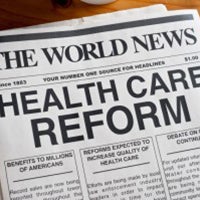Supporting Continuity of Coverage from Medicaid into the Marketplace: Post-PHE Considerations for States

States are expected to resume redeterminations of Medicaid eligibility in early 2023, resulting in a projected 15 million people losing access to Medicaid. Ensuring these individuals transfer to another source of coverage smoothly and seamlessly is a particular challenge for states. In their latest Expert Perspective for the State Health & Value Strategies program, Jason Levitis and Sabrina Corlette delve into specific options for states to promote continuity of coverage.




